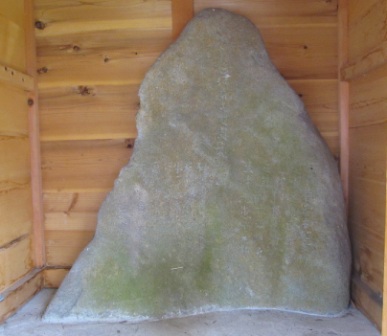
| Pseudonym reading | New Year's Eve. |
|---|---|
| Specified type | Prefecture designation |
| Type | Tangible folk cultural property |
| Designated date | November 5, 2013 |
| Specified details | |
| quantity | |
| location | Oshu-shi Mizusawa-ku, sister-style town |
| owner | Personal ownership |
| Holding group | |
| Management organization | |
| home page |
Overview
The Pyongyang faith is a religion that prays for longevity, which is believed to be transmitted from China during the Heian period. Every night on the 60th day of the night of Shen Shen (the date given by the zodiac), a third-placed insect lurking in a person while sleeping, ascends to the sky, and tells the Emperor the evil of the person Because the emperor was told to decide the life of the person according to the weight of his sin, he spends the day without sleep to prevent Mitaka from escaping.
As it spread to the common people in the Edo period and the interval of 60 days was easy to gather, and also that censorship was banned at that time, it is a valuable opportunity for common people to be proudly gathered in the name of faith. It was widely spread, and a pagoda was built as a memorial to the prosperity of the puppet.
The Honpo Shito tower has the year issue of the oldest Kanaga 12 years in Iwate Prefecture (1635) as the Shion pagoda, and the Shion pagoda in the Tohoku region is the second ancient pagoda second to the Kanei 5-year pagoda in Kamiyama City, Yamagata Prefecture.・ It is an ancient monument. It is characterized by the early Edo period, such as the shape of a mountain with a sharp head and the inscription of Yakushi Nyorai as the main part of the Buddha, equipped with the Shish 庚 zuka with a tradition of medieval construction. In particular, the Zeng Pagoda, equipped with a mound, is attracting attention as a rare example that evokes the rare religious beliefs of the Middle Ages.
In addition, it is found that the inscriptions inscribed in the Rui Shi Pagoda almost identical to the inscriptions in the Waga Iwasaki Rui Daisen (Kitakami City) document (Study Document), and the Roh Shi Pagoda of the same sentence also exists in Yokohama City From this, it is thought that it was widely distributed throughout the country as "庚 庚" in the early Edo period.
